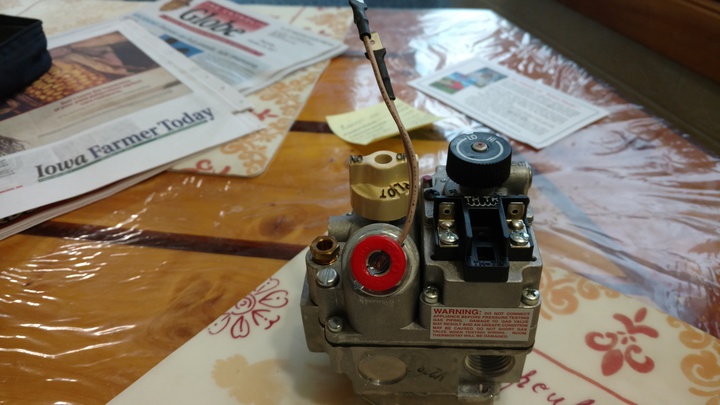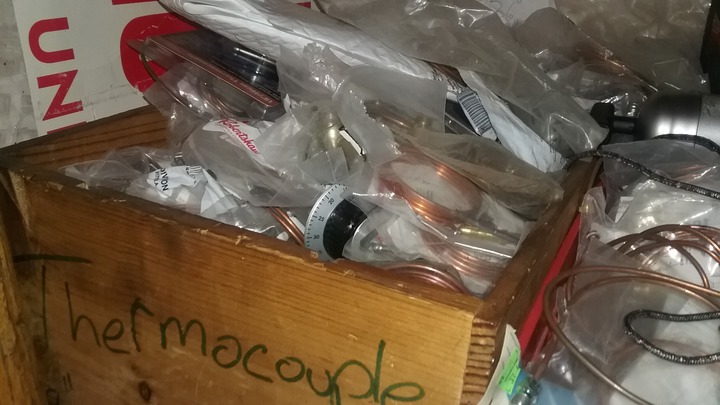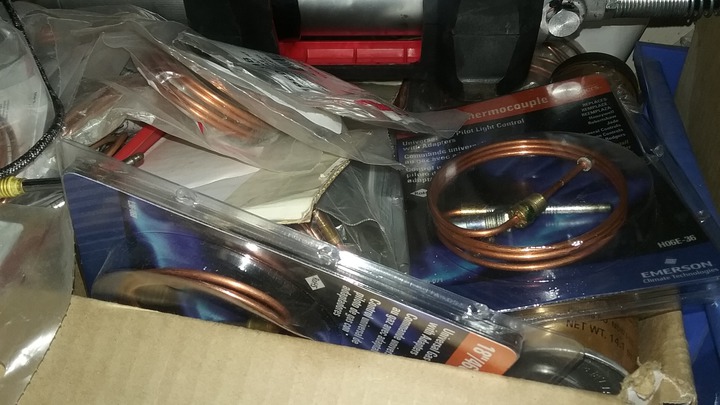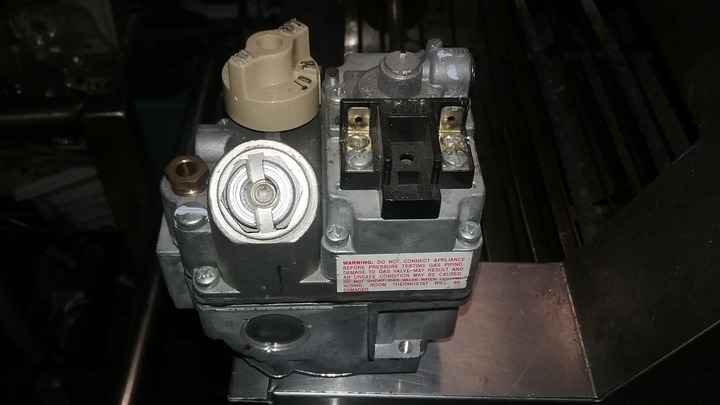fixerupper
Well-known Member
A little over a week ago, maybe two weeks
ago I posted a question about the Robert
Shaw brand gas valve in a heater I have.
Thanks for the suggestions.
The old valve would not respond to the
thermocouple. The old valve used a
capillary tube type thermostat but I
decided to get a new valve that requires a
wall thermostat. I looked at the dizzying
array of valves on the Robert Shaw website
and came up with the perfect fit, 100,000
btu 1/2" inlet and outlet, snap valve, just
what I wanted. When I tied to purchase this
valve on a retail website I found this
valve was recalled. Bummer! Back to the
blackboard. I finally came up with this
valve, 100,000 btu same configuration but
soft start which can be converted to snap
start if needed. What I don't know is what
the two wires coming out of the red
thermocouple hole area are for. This heater
uses a pilot light.

ago I posted a question about the Robert
Shaw brand gas valve in a heater I have.
Thanks for the suggestions.
The old valve would not respond to the
thermocouple. The old valve used a
capillary tube type thermostat but I
decided to get a new valve that requires a
wall thermostat. I looked at the dizzying
array of valves on the Robert Shaw website
and came up with the perfect fit, 100,000
btu 1/2" inlet and outlet, snap valve, just
what I wanted. When I tied to purchase this
valve on a retail website I found this
valve was recalled. Bummer! Back to the
blackboard. I finally came up with this
valve, 100,000 btu same configuration but
soft start which can be converted to snap
start if needed. What I don't know is what
the two wires coming out of the red
thermocouple hole area are for. This heater
uses a pilot light.






